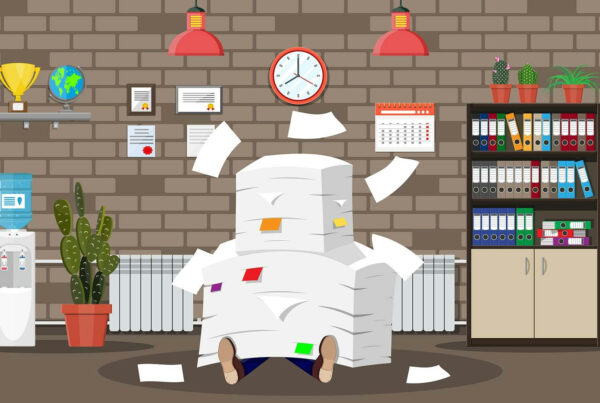I once saw a thought leader say something to the effect, “There are no bad clients, just bad project managers.” What a load of hogwash! I have had first hand experience with bad clients and if you haven’t had that “pleasure” yet, just watch a few business documentaries (check out any of the Fyre Festival documentaries to start) and you’ll quickly see that there are, indeed, bad clients out there.
That being said, some “difficult” clients can be labeled as “bad” clients if you don’t know what to look. So, how do you know if your client is difficult or bad? When should you get rid of a client or simply work on managing them better? Let’s break down everything you need to know below.

What Are Difficult Clients?
Difficult clients are ones that challenge your ideas, make lots of changes, and maybe even question your process. Don’t get me wrong, it can be infuriating. But, their intentions are for the greater good of the project (not to take advantage of you). When push comes to shove, a difficult client will adhere to the scope or accept change orders…they will work with you to find a compromise.
How To Move Forward With Difficult Clients
Unlike bad clients, difficult clients don’t need to be let go. Instead, they need to be managed. And the key to successfully managing a difficult client is leveraging the detailed scope in your contract.
When extra changes arise, go back to the contract. When extra meetings are requested, go back to the contract. When your process is challenged, go back to the contract. Your contract should detail every meeting, every round of delivery and feedback, and every deliverable that is included in the project scope. If you have those things in your contract, your ability to manage a difficult client grows by 100x. Don’t be afraid to push back on the client using the contract as your sword, “We love that idea. It isn’t included in the scope we agreed upon, but we can create an addendum to include it. Would you like us to do that?”
A difficult client will recognize the extra request and either abide by the existing contract or agree to the addendum. Sure, they may complain a bit, but in the end they won’t seek to take advantage of your business. They will be manageable.
What Are Bad Clients?
On the other hand, bad clients are ones that are disrespectful (or perhaps even abusive) to you, your employees, and your business. They might try to get you to engage in unethical behavior. And when they are discontent that you won’t comply with their demands, they often use money as a weapon, “We aren’t paying for this until you get it right.”
Unfortunately, bad clients are sometimes ones that have had a bad experience with another company in the past, which leads them to form negative associations with anyone they work with in the future. They may have unrealistic expectations or flat out not know how to work with others. These clients often feel the need to act like they’re in charge or that they know better than you do.
How To Move Forward With Bad Clients
The tell tale sign that you have a bad client (and not just a difficult client) is their unwillingness to compromise. When you push back with your contractual sword, “We love that idea. It isn’t included in the scope we agreed upon, but we can create an addendum to include it. Would you like us to do that?” They will push back with their money sword, “I don’t care what the contract says, I’m not paying for this work until it is right and I’ll call my attorney if I have to.” The contract means very little to a bad client, unless the contract clauses are in their favor.
So, how do we move forward with bad clients? We don’t. When the emotional pain of a project outweighs the financial gain, it is time to fire the client. If you would rather give them their money back and fire them than keep moving forward with the project, you will know that your client is not “difficult” they are “bad.” These toxic clients have no place in your business or your life.
Conclusion
Difficult clients can be managed. Bad clients should be fired. Admittedly, there is a thin line of difference between the two. That subtle difference is their intent. A difficult client does not intend to take advantage of you. A bad client intends to take advantage of you to get what they want.












